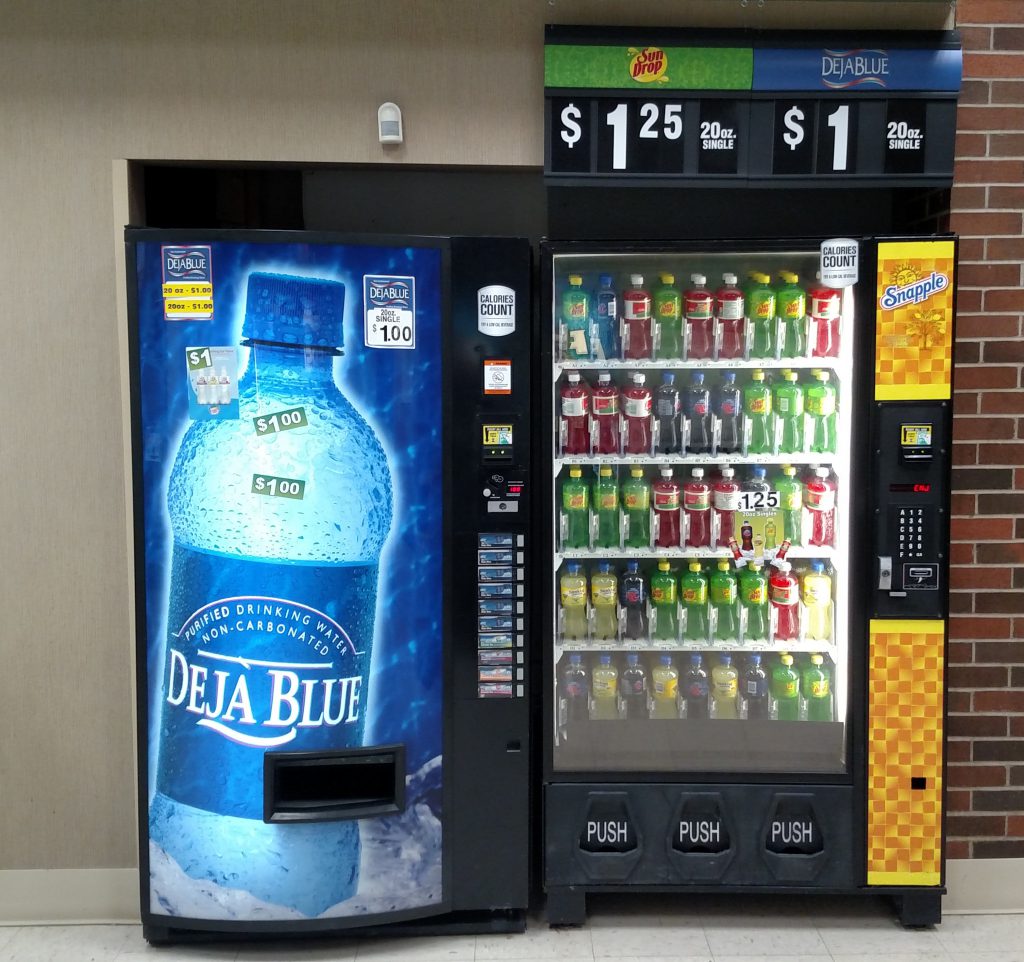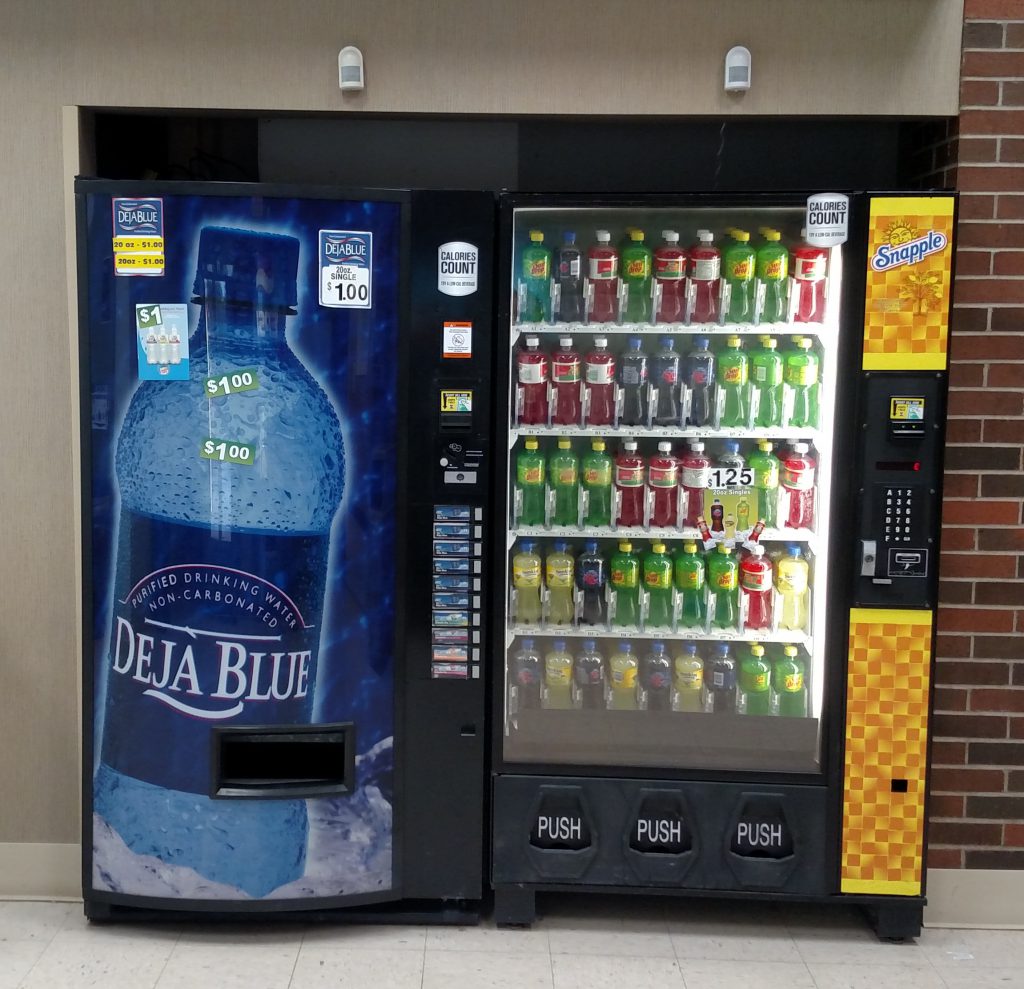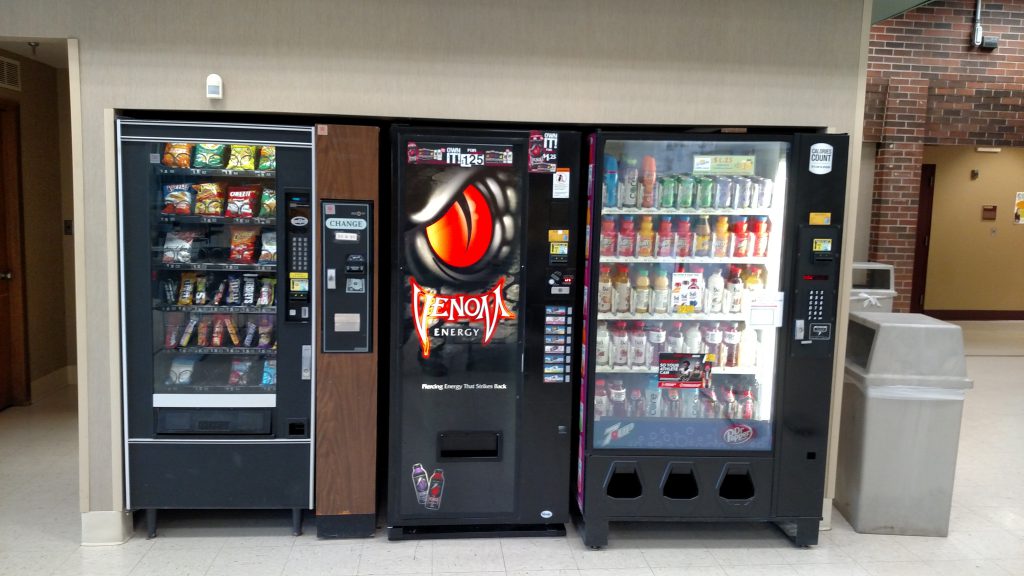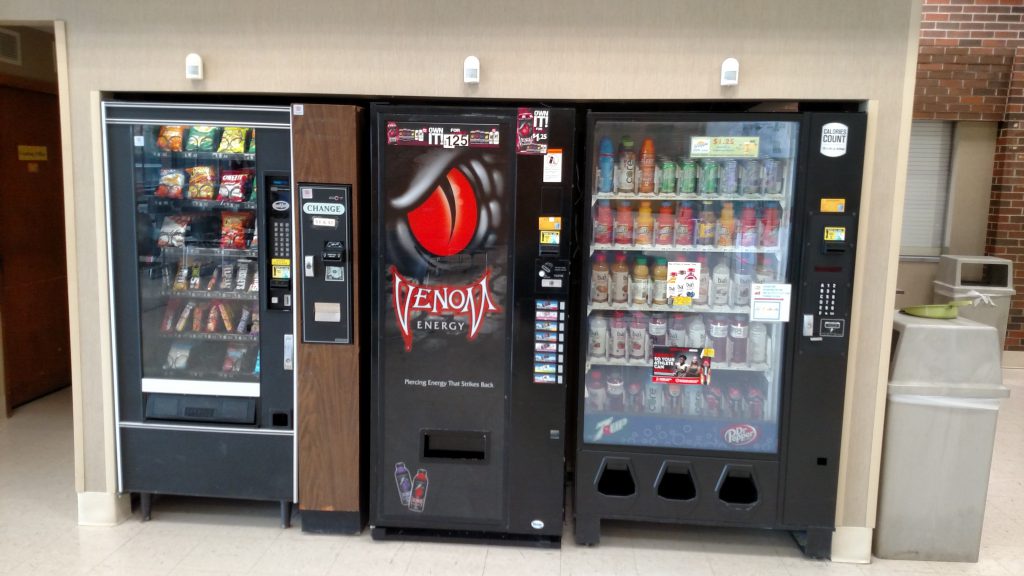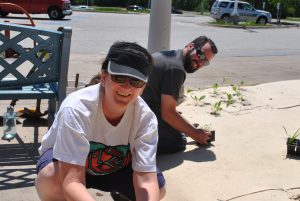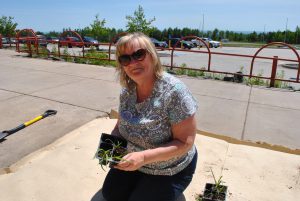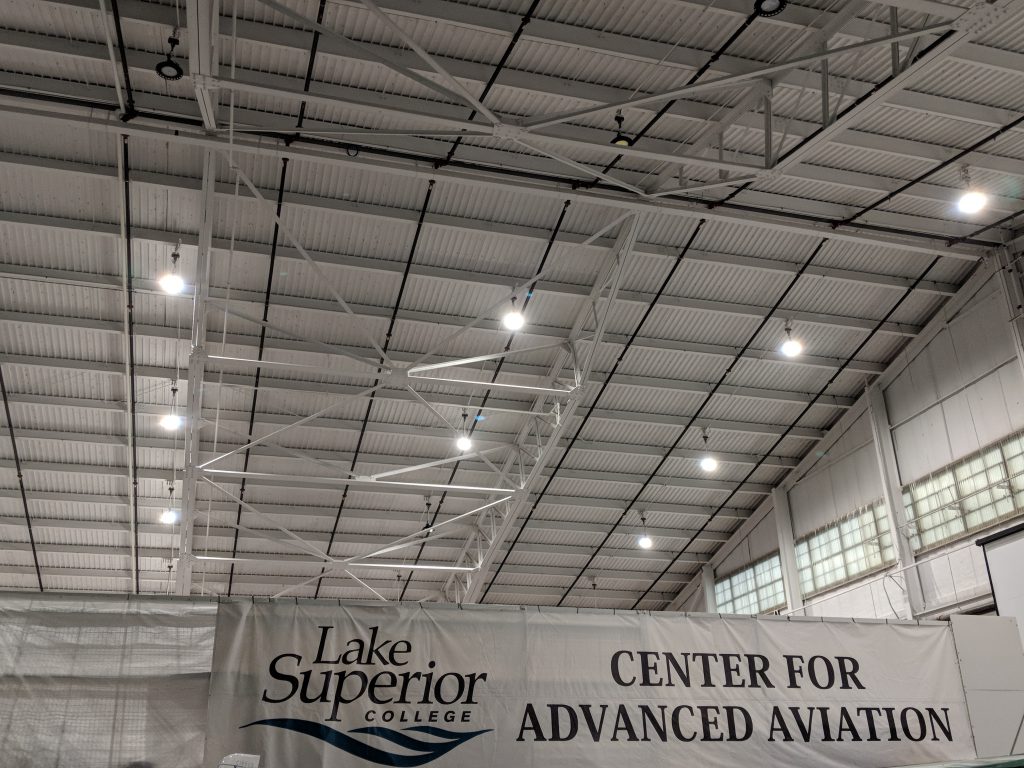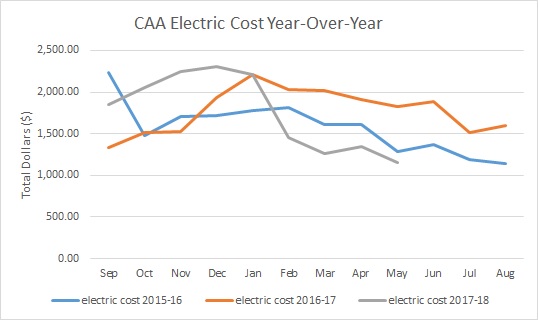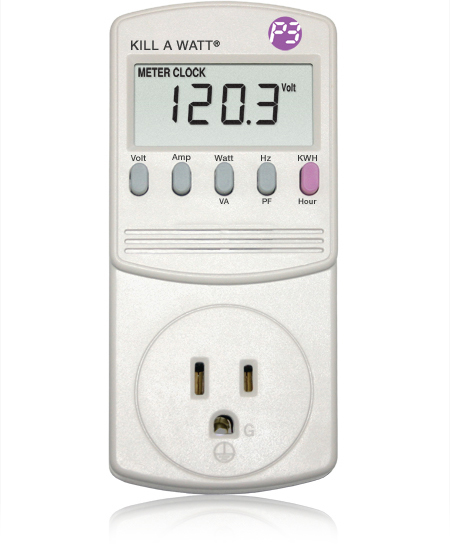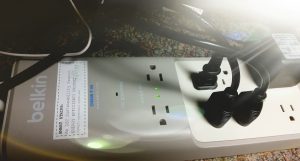Final GreenCorps Update
A final update from the MN GreenCorps desk…
As the end of the GreenCorps service year draws near our GreenCorps member Chris has been busy summarizing and quantifying the results of projects implemented over the past 11 months. The projects have been well documented through this blog but in case you need a refresher here is a list:
- The initial installation of vending misers and continuing to update machines over the course of the service year
- The purchase of smart power strips
- The Green Office Challenge
- The creation of an Energy Efficient Operations Manual (EEOM) for LSC
- Quantification of savings from the CAA LED lighting retrofit
Many of these projects are ongoing and will require the help of the Sustainability Council at LSC to continue. The vending miser installation and the Green Office Challenge are simple enough that a student worker can continue thanks to documentation that Chris has put together. The continuation of the EEOM will require The Sustainability Council & the Maintenance department to work together to ensure this is fully implemented.
Number Crunching:
Now onto the data for each of the projects. There’s more than one way to quantify the impacts of these projects so the 1st metric Chris calculated was kilowatt hours (kWh) saved as a result which totaled 52615 kWh saved. Another reporting metric was pounds of CO2 saved which Chris calculated by using a converter on the EPA website to come up with 86,326 pounds of CO2. Finally the most excited metric: cost savings. The total saved from projects implemented this service year come to $4,257!
Let’s Break Those Numbers Down:
The largest source of kWh and 2nd largest source of cost savings came from the installation of vending misers which also facilitated the removal of 3 machines. These savings alone accounted for 16244 kWh in electricity savings & $1,187. The second largest source of energy & surprisingly, the largest cost savings was the lighting retrofit at the CAA which saved 13924 kWh of electricity savings and $1,253 in cost savings.
Where Do We Go From Here?
All these energy savings projects should be viewed as the continuation of something larger rather than the end of an era. All these projects are part of a larger ongoing effort to save energy at LSC that will continue even after Chris leaves. The EEOM in particular is the best example of a project with HUGE energy and cost savings potential that maintenance and sustainability staff at LSC are now aware of and have the opportunity to continue into the future. Stay tuned to this blog and the LSC Sustainability Facebook page for future updates!
Posted in: Good Stuff, GreenCorps
Leave a Comment (0) →


